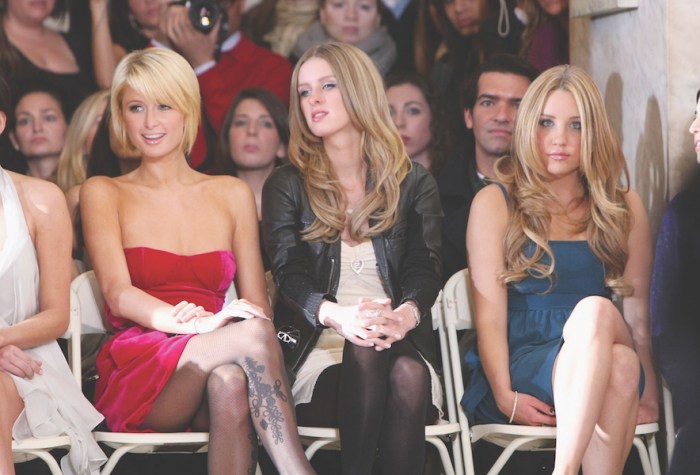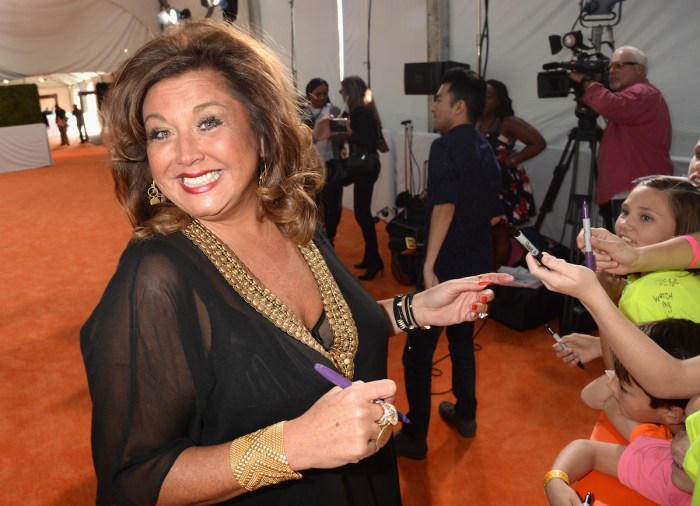Standing on Metropolitan Avenue in Brooklyn, Carlos LaSalle watched white graffiti melt to the sidewalk as his crew sprayed illegible tags off a brick wall.
“When I first started, it was just a job,” said LaSalle, 42, who has worked with Graffiti-Free NYC for 14 years. “Now, it’s more about our quality of life.”
Since the Graffiti-Free NYC Program began in 1999, crews have cleaned graffiti off of more than 170 million square feet of surface across the five boroughs.
The program, a cooperative effort between the Economic Development Corporation, Department of Sanitation and the Mayor’s Community Affairs Unit, has three goals: provide free graffiti removal, offer skill-enhancing jobs for New Yorkers and enhance neighborhood aesthetics.
Indirectly, Graffiti-Free NYC follows the same logic as the “broken windows” theory, touted by NYPD Commissioner Bill Bratton.
Part of the theory states that people will view disorderly urban environments– with broken windows, graffiti or other vandalism– as unmonitored.
Some law enforcement officials like Bratton believe that curbing neighborhood vandalism could then prevent escalating criminal activity.
But for Graffiti-Free NYC, removing graffiti is more about showing continued investment in communities. Keeping vandalism at bay helps local businesses and increases property values.
As LaSalle said, “Graffiti makes the neighborhood look bad.”
 Bill Ayala power washes tags from a brick wall in Brooklyn as part of the Graffiti-Free NYC program.
Bill Ayala power washes tags from a brick wall in Brooklyn as part of the Graffiti-Free NYC program.
Credit: Aaron Adler/Metro
Since returning to lead the NYPD under Mayor Bill de Blasio, Bratton has often expressed his distaste for graffiti, suggesting such vandalism has recently increased.
The NYPD has received 211 more graffiti complaints this year compared to the same time last year. From 3,956 to 4,167 complaints through mid-May, that’s about a 5 percent rise.
While one of Bratton’s solutions includes arming police with their own spray paint, Graffiti-Free NYC has a more comprehensive approach.
Whenever someone sees graffiti on property in the city, they are encouraged to report it by calling 311. The property owner is informed that the city intends to remove the graffiti and has 35 days to decline services, get an extension or consent for immediate cleaning.
The program is responsible for private properties, but crews may aid other agencies in cleaning up public fixtures like park benches or street signs. In certain instances, such as last month’s anti-Semitic graffiti spree in Brooklyn, police may swiftly deal with the graffiti themselves.
 Christian Medina wears a mask while working with Graffiti-Free NYC.
Christian Medina wears a mask while working with Graffiti-Free NYC.
Credit: Aaron Adler/Metro
A law passed in 2009 made Graffiti-Free NYC “opt-out” once a 311 report is made, significantly expediting the process. If property owners don’t respond after 35 days, the graffiti is removed without their permission.
This, along with the owner’s option to consent to all future graffiti removal, is ideal for stopping “re-tags,” officials said.
“If you wait too long, they will tag it again,” LaSalle explained. “If they see we keep cleaning it, then it will be clean for at least a few months.”
Crews color over graffiti or use a power wash on unpainted buildings. During the wash, a biodegradable, diluted potassium hydroxide solution is applied to the graffiti. When crews spray hot, high-pressured water onto it, the graffiti dissolves from the walls.
“The rewards are so instant,” said Andrew Mainardi, assistant vice president of property management at the Economic Development Corporation.
The Graffiti-Free NYC team is comprised of roughly 29 people, dispatched throughout the five boroughs using 22 removal trucks owned by the Economic Development Corporation. The program works with nonprofits to employ low-to-moderate income New Yorkers, a few who spoke with pride about their work.
“It’s our duty,” said Christian Medina, 28, who has been with Graffiti-Free NYC for 3 years. “We’re cleaning up the community.”
Brooklyn, particularly more industrial neighborhoods like East Williamsburg, seems to be the graffiti hub of the city. The program originated in Brooklyn and, since 2011, Graffiti-Free NYC has closed more incidents there than any other borough.
The hope is that quickly removing graffiti from industrial areas not only discourages the practice but keeps the vandals away from residential neighborhoods, where locals almost immediately notice the difference.
“It’s a real sign of people investing in local communities,” Mainardi said.
Crews are extremely sensitive to murals, partially because the art may have been commissioned. In some cases, murals are compatible with the neighborhood and benefit residents. They also seem to discourage graffiti.
“The beauty of murals is nobody tags them,” Mainardi explained.
Whether or not the city could ever actively use murals as a deterrent for graffiti is unclear, but officials are always looking at how to expand the reach of Graffiti-Free NYC.
One of the program’s ongoing challenges is high-rise and rooftop graffiti. Though crews use a lift for some elevated jobs, the program can only clean graffiti located about 35 feet off the ground.
In the future, remote-controlled technology could make cleaning all graffiti easier.
“There’s a lot of ways the program can go,” Mainardi said.
Follow Anna Sanders on Twitter @AnnaESanders
























